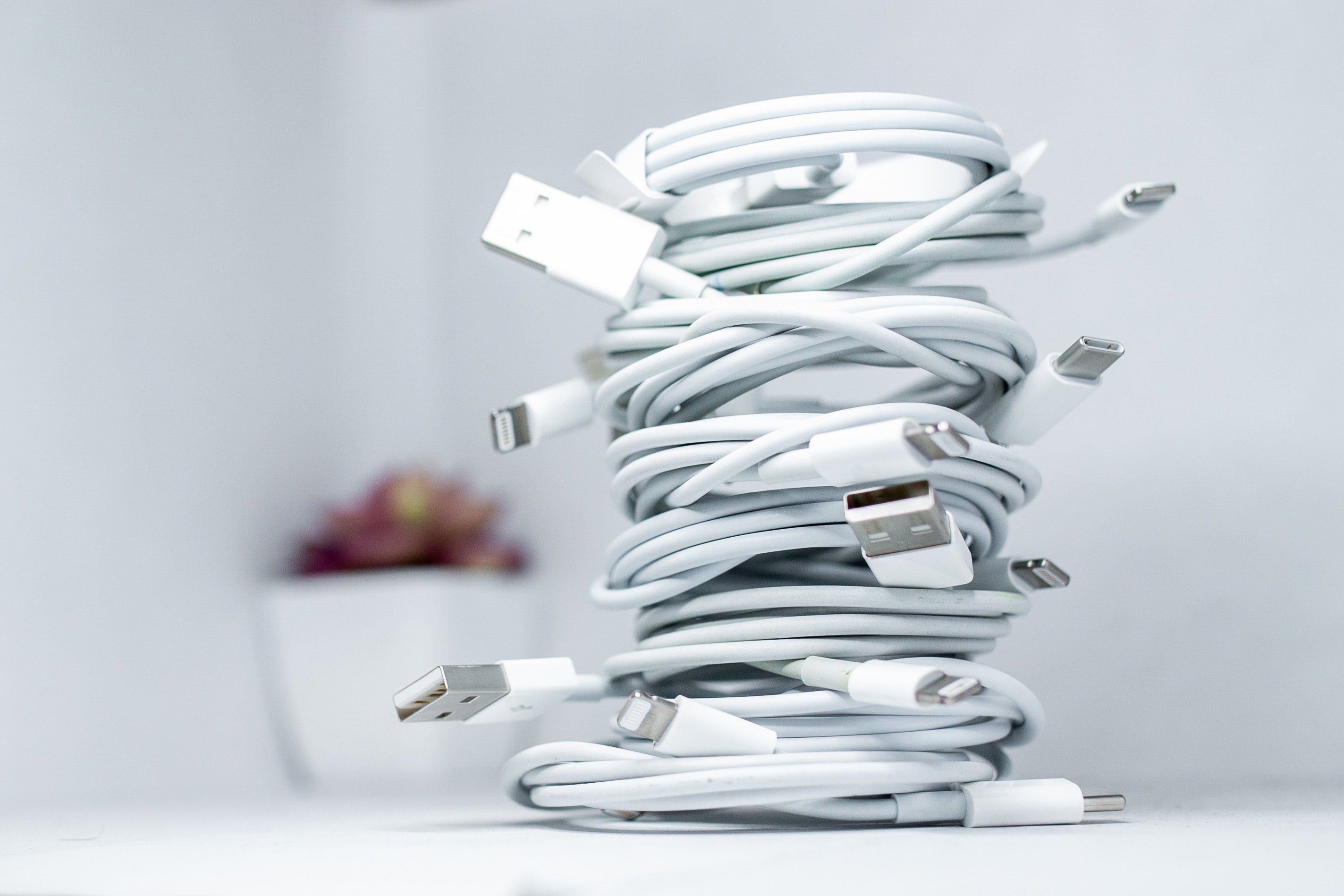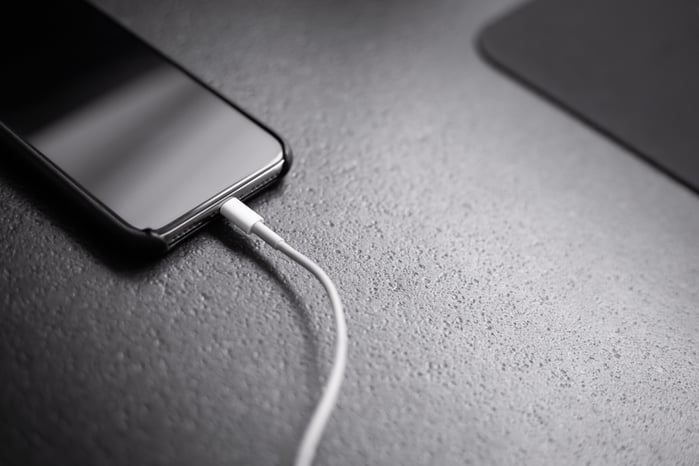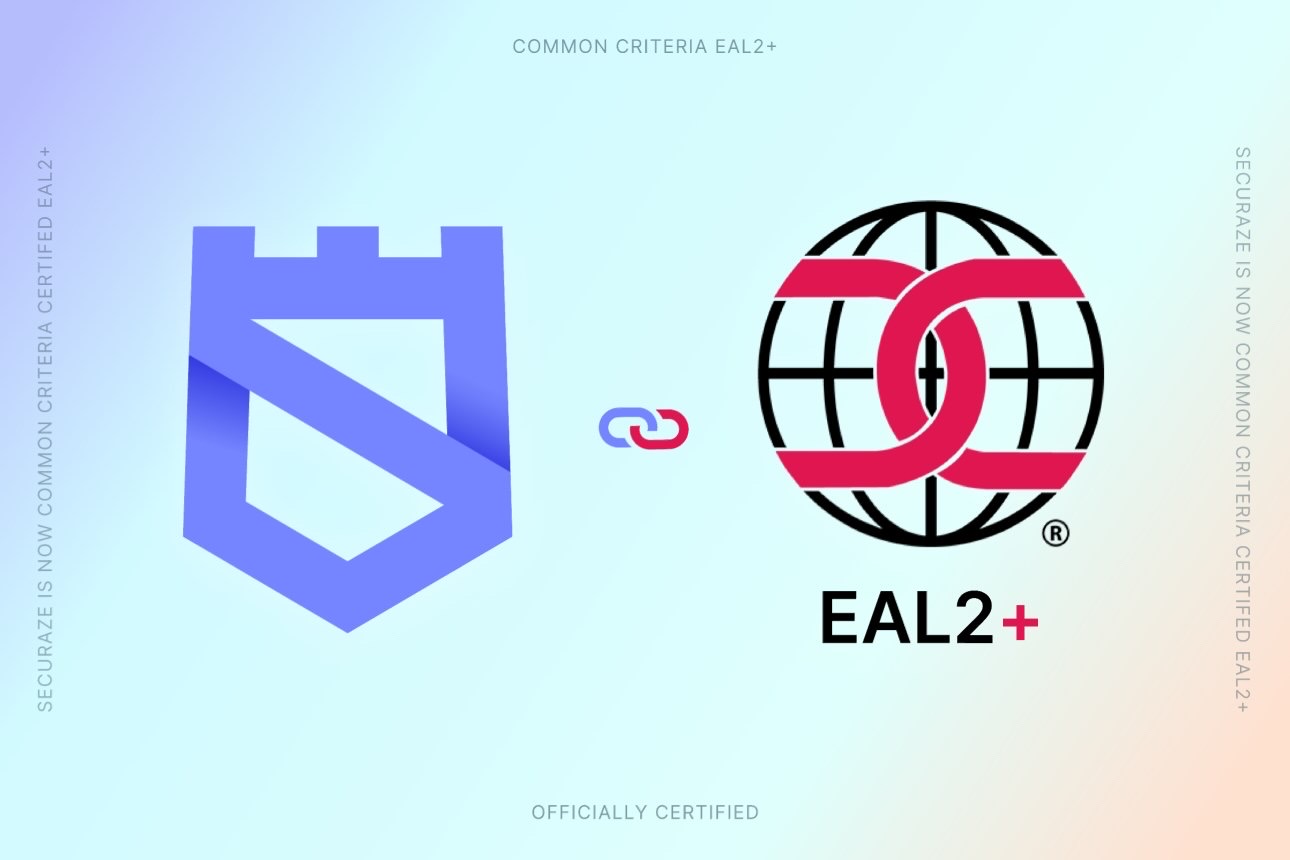Why are Apple OEM / MFi-Certified cables so important?

It can affect a wide array of tasks, whether that be as simple as charging your iOS devices or something more advanced, such as when you connect your devices to a computer for data sanitization. Whatever it is, charging cables are the primary means for handling these tasks. However, these must be maintained - and your old charging cables are broken after frequent use. Now the question is: do I order new charging cables from Apple or an Apple MFi-Certified third-party which cost a premium, or do I simply opt to order cheap cables from Amazon or some other retailer, which seem to be exactly the same?
Well, let's say this much, not all Lightning cables are the same and appearances are deceiving.
Here's why you should NOT purchase cheap charging cables, but only original Apple OEM or MFi-Certified cables.
But first, let's start by understanding what makes an Apple Certified Lightning cable?
Apple certified Lightning cables are charging cables that have MFi certification, which allows third-party vendors to prove to their customers that their cables comply with Apple standards, so they can use them without hesitation. For anyone who doesn't know what MFi means. MFi stands for "Made for iPhone/iPod/iPad." In order to receive this certification, any devices made by other device accessory manufacturers have to pass a rigorous process and several of Apple's compliance and safety tests to ensure that their products are fully compatible with Apple devices and won't cause any damage while being used. Moreover, each MFi cable includes an Apple-manufactured authorization chip that ensures that this cable product is perfectly compatible with all Apple devices utilizing the Lightning connector, and is indeed an MFi-certified accessory.
But then, of course, the big question is: How can I detect counterfeit cables at all?
There are several ways to spot counterfeit or uncertified Lightning accessories:
- Compare the cable's packaging and labeling
The accessory's packaging and the accessory itself will always reveal whether it is counterfeit or uncertified accessory or its exact opposite, because third-party certified accessories always feature the MFi badge on the packaging. - Compare connectors and laser engravings
Counterfeit or uncertified Lightning accessories can also be identified by their connector, Lightning connector, USB connector, and laser engraving.
On an original or certified charger's connector, there is information about the place of manufacture, model number, and other important information on it.
The Lightning connector of original or certified Lightning to USB cables is a one-piece, smooth design with rounded gold or silver contacts, a uniform width and length of Apple boot (7.7mm x 12mm), and a gray/metallic front panel insert. Any deviation in the appearance of the details just mentioned, such as angular contacts with an uneven surface or a white or black front panel insert, indicates a non-certified cable.
On closer inspection, noticeable differences to the counterfeits can also be seen on the USB connector side. Characteristics of a certified cable are trapezoidal latches that are equally spaced from the edge, as well as gold-plated USB contacts and a smooth and even surface. Rectangular and not equally spaced USB housing latches, as well as silver-plated USB contacts, a rough or grainy USB surface, a deepening in the surface or indentations in the insulator indicate counterfeits.
The Lightning to 30-pin adapter also shows differences in appearance, such as the Apple-branded Lightning adapter has its symbol laser engraved and clearly visible, and the connection between the adapter body and Lightning connector is flush, whereas a counterfeit adapter has no laser engraving or only a blurry laser engraving and a step or large indentation between the adapter body and Lightning connector.
For the Lightning-to-Micro USB adapter, the laser engraved USB symbol and a flush connection between the adapter body and the Lightning connector are also distinguishing features for the original or certified cable, while the counterfeit lacks or is engraved with the USB symbol. In addition, there is a large notch between the adapter and the Lightning connector. - Compare prices
The price is another way to differentiate originals from forgeries, since a Lightning cable with a length of one meter is available for about 25 Euros from Apple. Third-party providers, on the other hand, usually only charge half, and on other platforms an "original" Lightning cable can even be found for less than 10 Euros, whereby it must be clear to everyone that this cannot be an original or MFi-certified cable.
So what are the possible consequences of using uncertified cables?
- The device is stuck in recovery mode / DFU mode
At times, non-original Apple cables perform quite normally when being used for charging, but once the device's firmware needs to be replaced, a common issue is that the device fails to go through the entire flash process, leaving the device in an unusable condition. - Occasional disconnections of the device
Data communication with non-original Apple cables is often unstable and devices appear and disappear while remaining connected. - Incorrect or incomplete device information
Device information with non-original Apple cables or non-MFi-certified cables is often incomplete or incorrect. - Slow erase speed
Erase speed with uncertified cables is sometimes very bad and prone to frequent erase errors. - Your iOS device may be damaged
MFi-certified cables are equipped with a chip in the Lightning connector that controls the amount of current delivered to the battery. Counterfeit or uncertified cables do not have this chip, so the amperage is not controlled. This can result in poor battery charging and overheating, which accelerates the iPhone battery's aging. Excessive current can also burn out the internal U2 IC chip which controls battery charging, making your phone completely unusable. - Non-certified cables are poorly designed
Counterfeits are cheap as they are made of inferior materials. In the case of a charging cable, this means low-quality plastic connectors and electronic parts making the plug brittle and easy to break. A common issue is the plug not fitting properly or the tip of the plug breaking off and getting stuck in the phone.

Overall, it can be said that in the end it is everyone's own decision which cable they want to invest in, but you should keep the fact in mind that you are exposing your devices to avoidable risks by relying on non-licensed cables. Although the counterfeit is cheaper to purchase and seems to have no differences, we do know for a fact that there are significant differences and you might be able to eliminate plenty of problems and possibly save money by purchasing high-quality cables just once. Plus, you will get a cable that is 100% compatible with your devices and that you can trust.

